See Captivating Infographics from the Last Century
Selections from 128 years of “National Geographic” magazine’s best charts, maps and diagrams.
The first issue of National Geographic magazine, published in October 1888, was vastly different to the magazine we know today. It contained no photographs or illustrations. The cover was brown, with just the title and symbol of the National Geographic Society.
The following year, the magazine published a four-color foldout map, the first step towards the all-color charts and diagrams that have since become synonymous with National Geographic. “We’re in the business of using art to explain,” Kaitlin Yarnall, Deputy Creative Director, explains in the introduction to National Geographic Infographics.
Since then, National Geographic has become renowned for the infographics it uses to break down complex information. The new book, published by Taschen, brings together the best infographics from the magazine’s 128-year history.
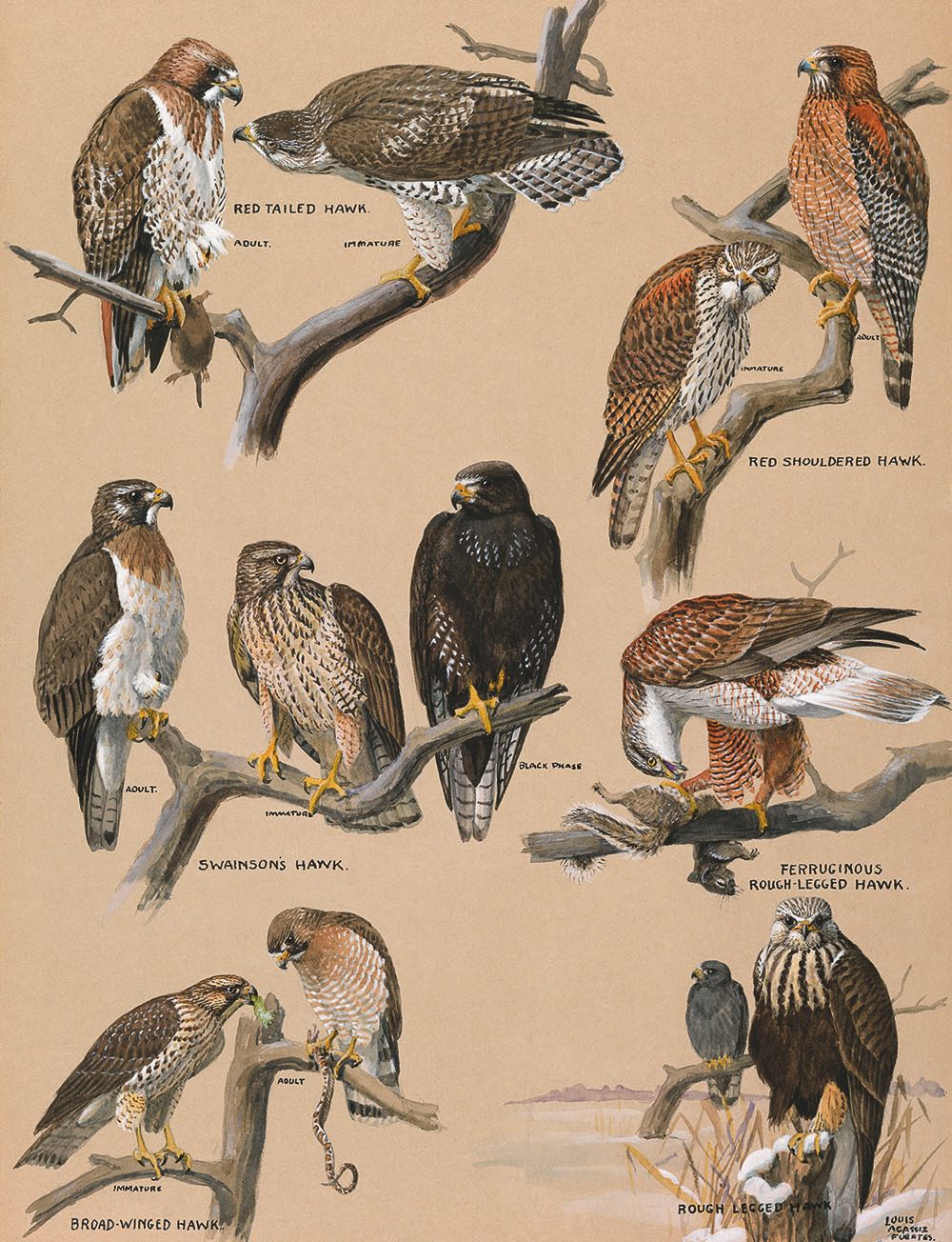
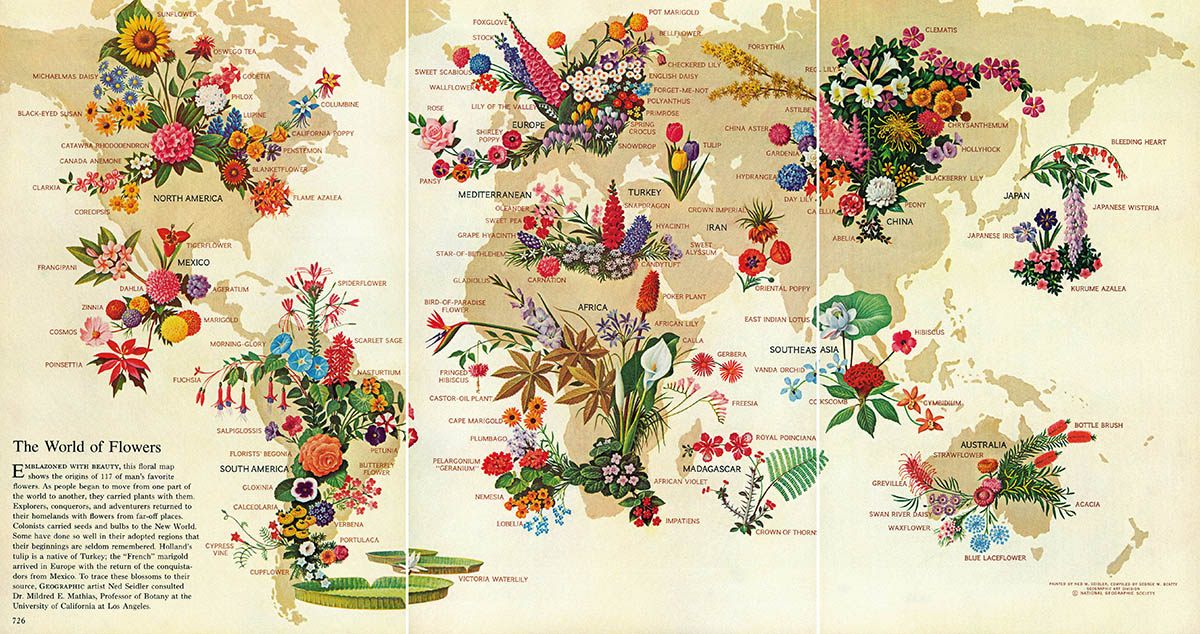
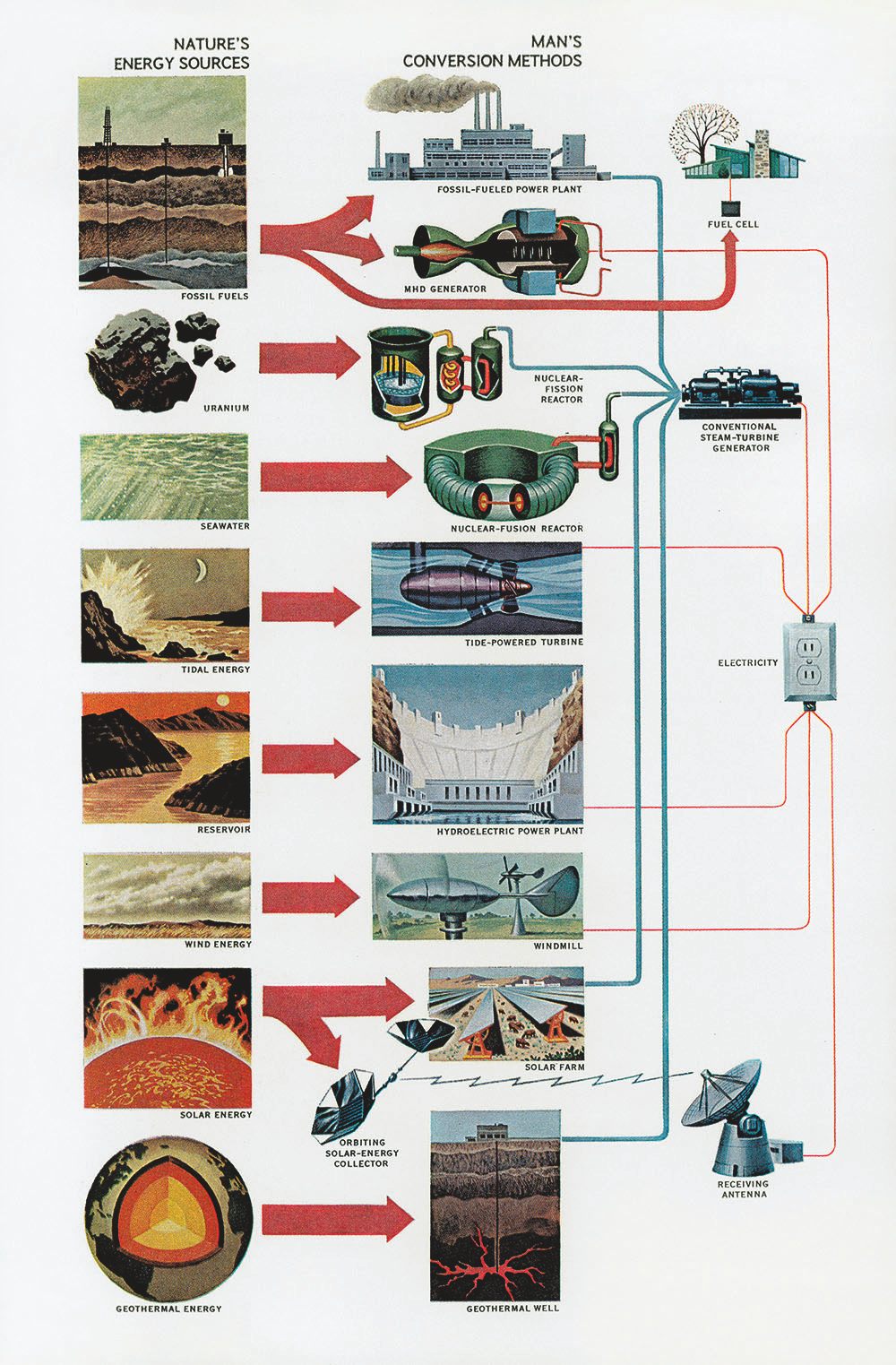
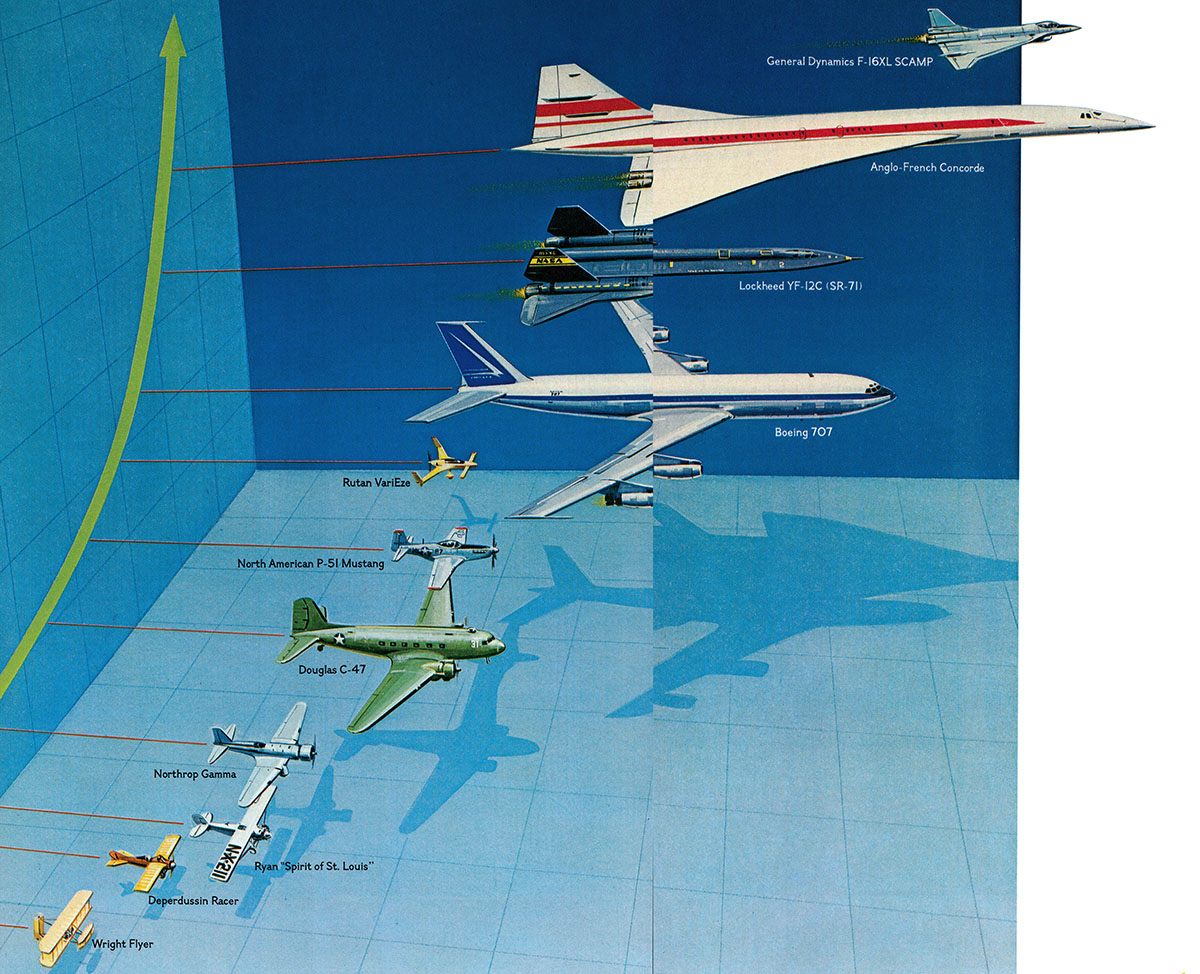

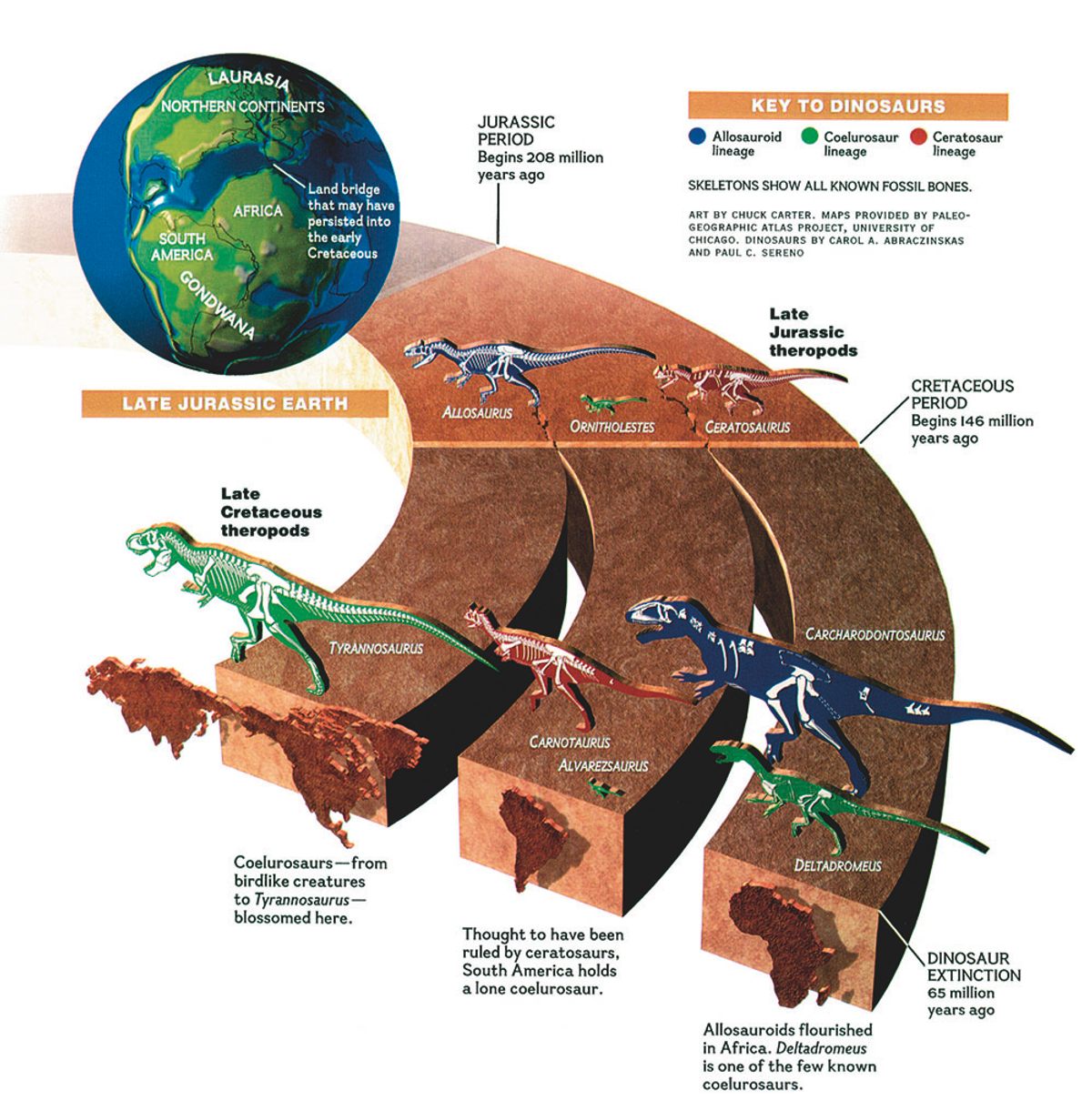

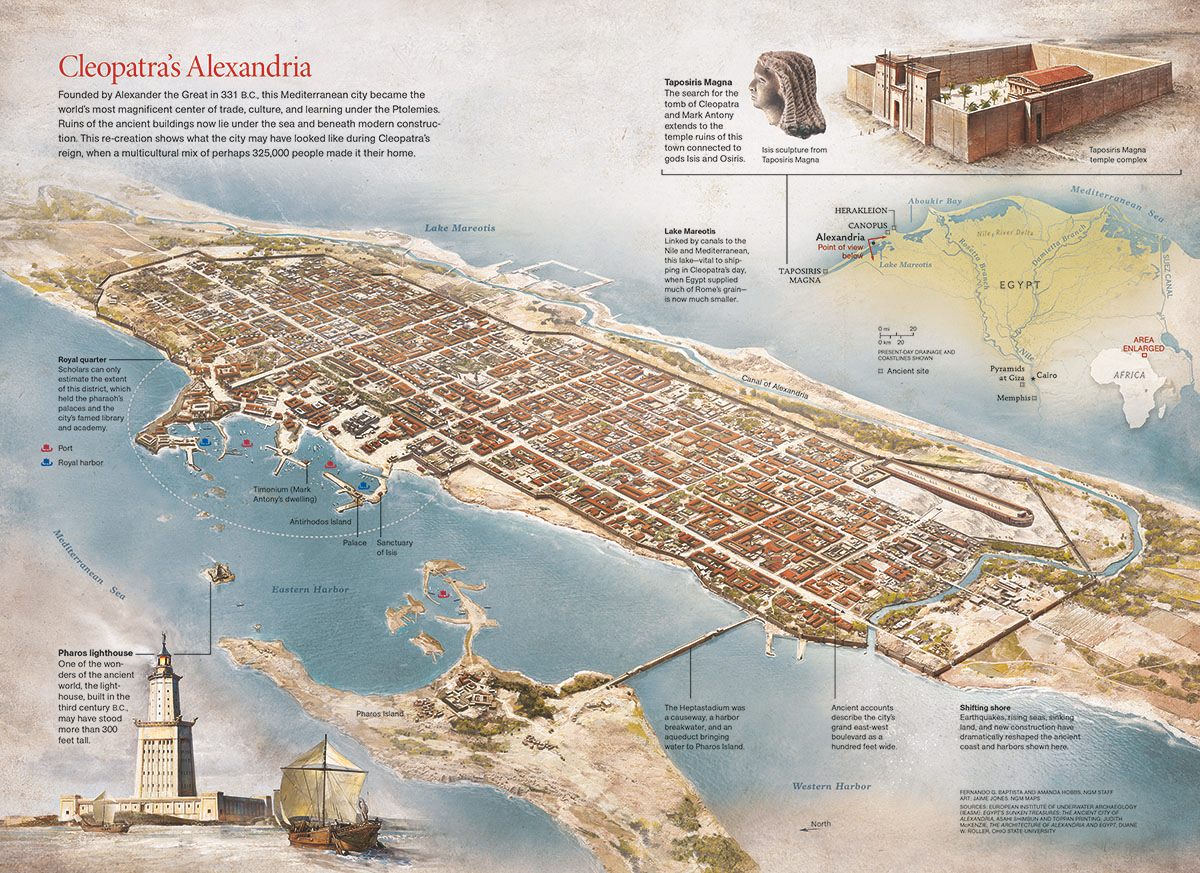

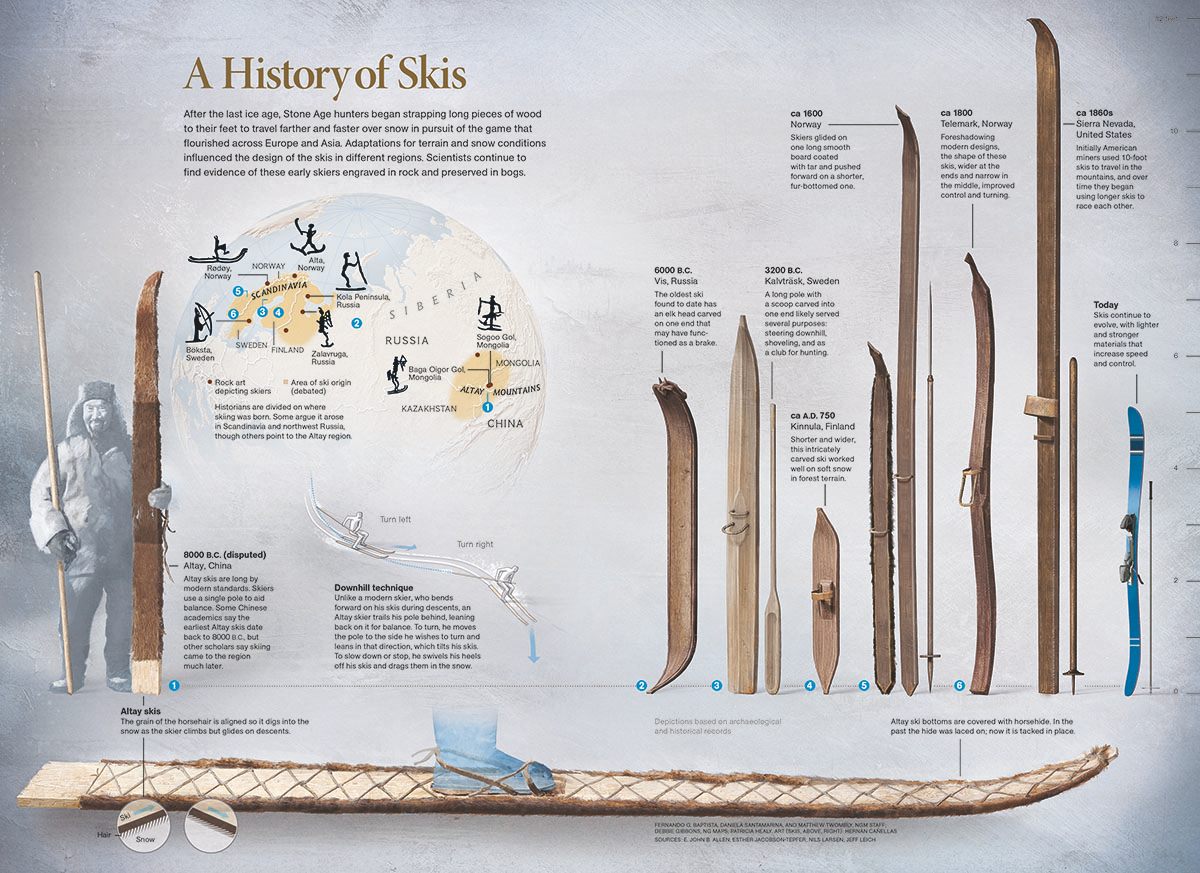
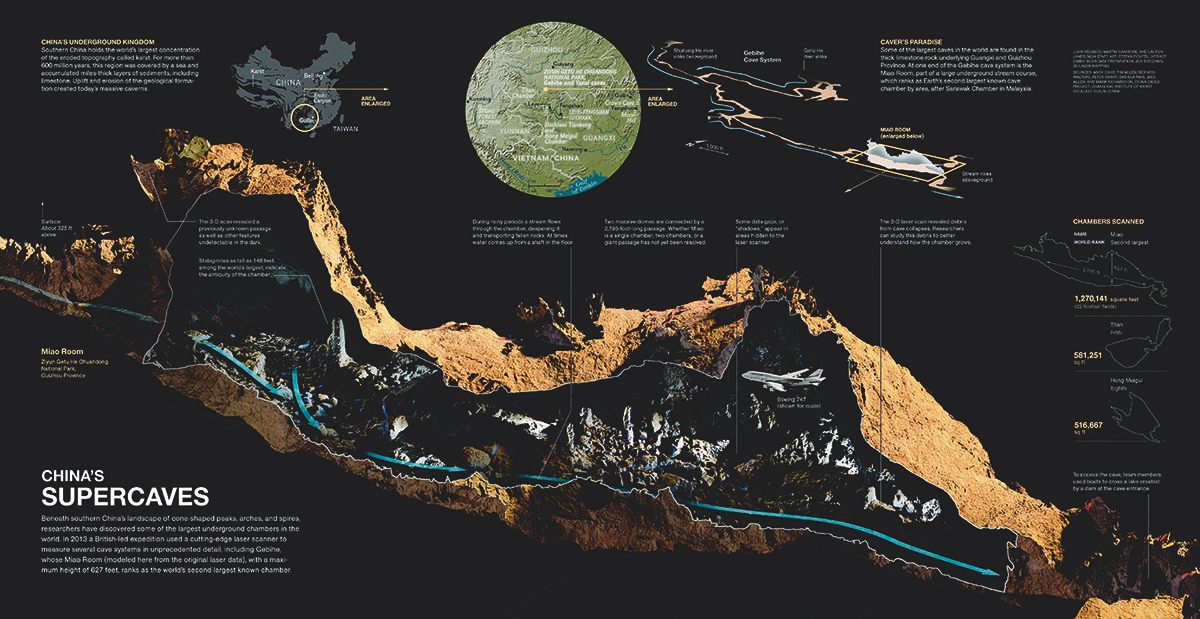
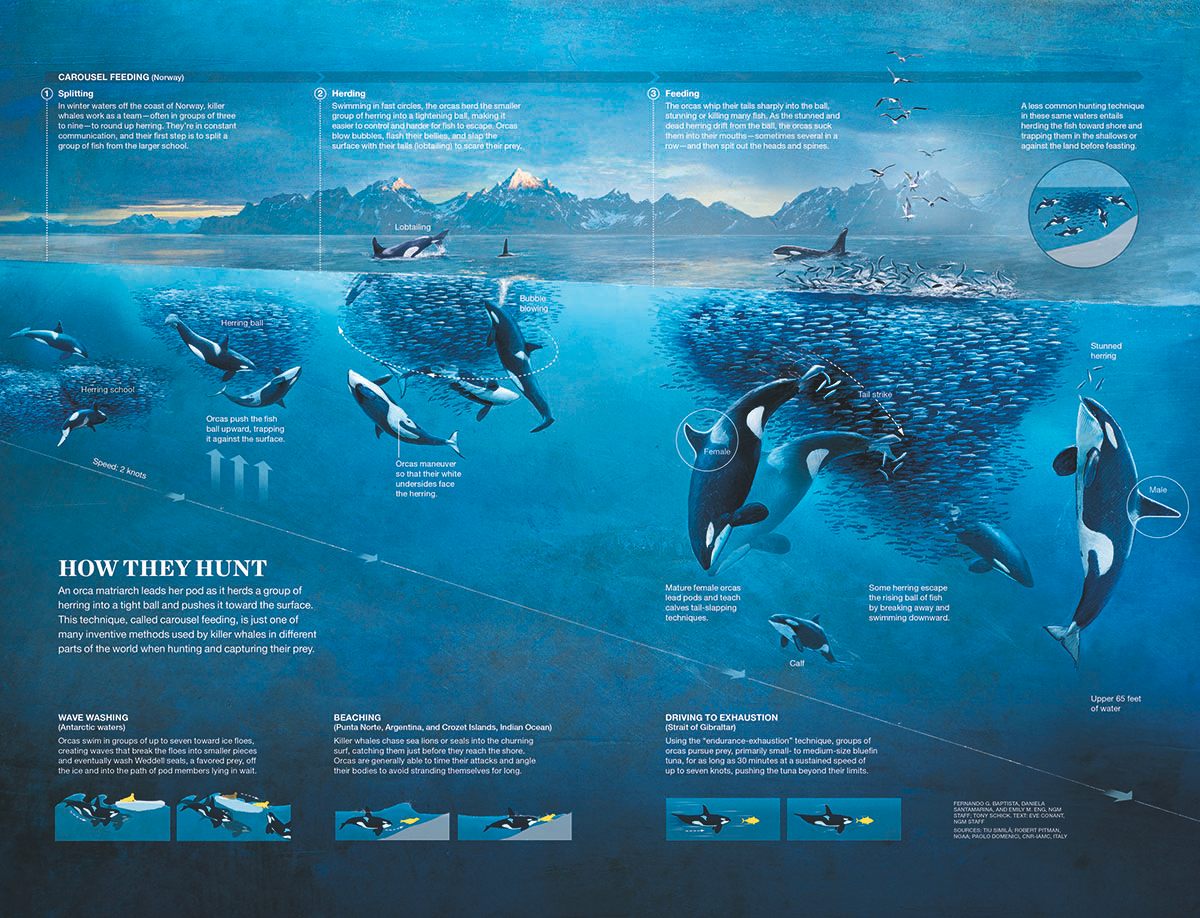
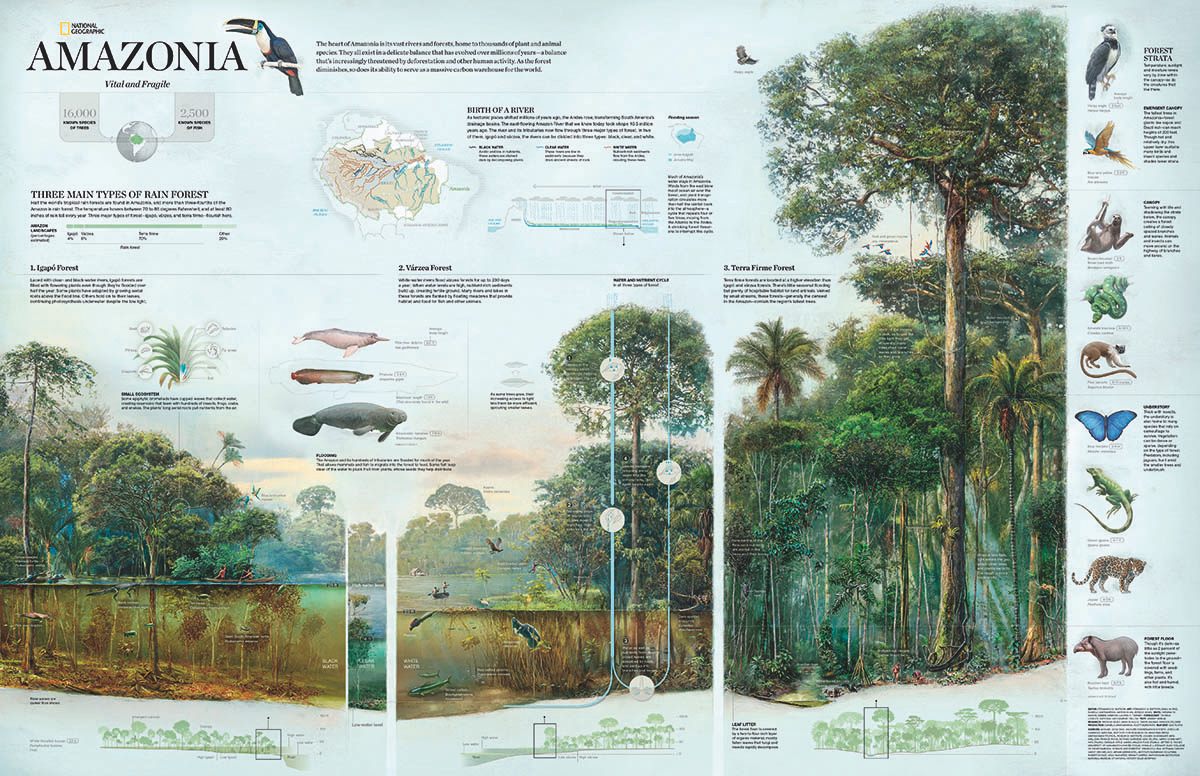
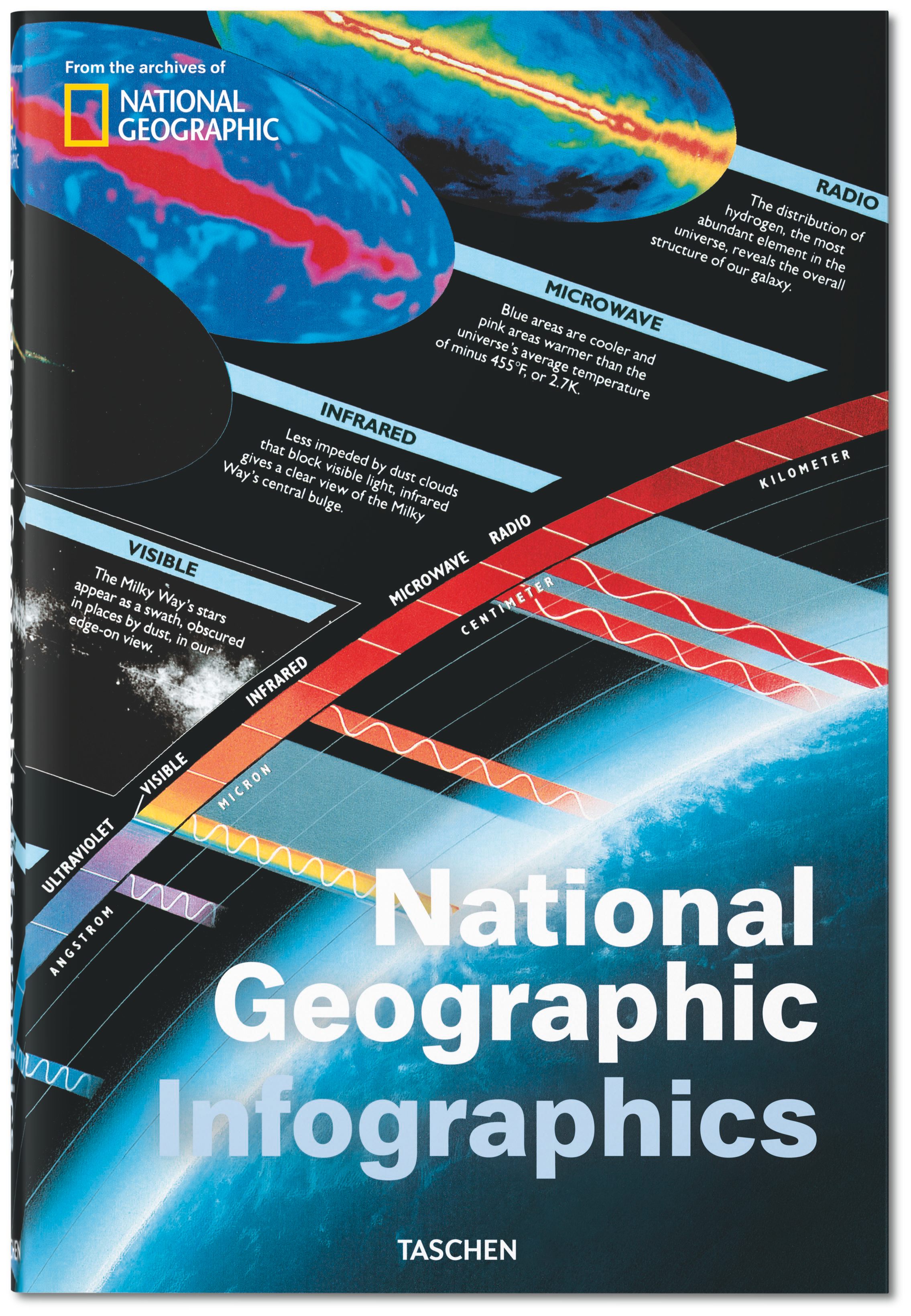
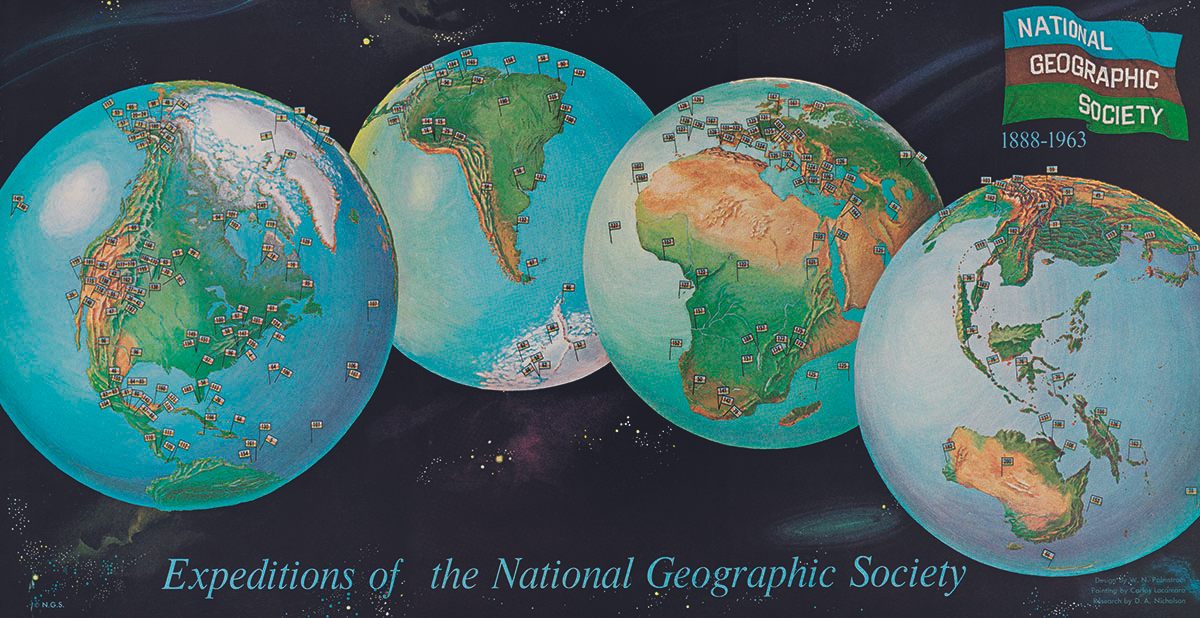












Follow us on Twitter to get the latest on the world's hidden wonders.
Like us on Facebook to get the latest on the world's hidden wonders.
Follow us on Twitter Like us on Facebook